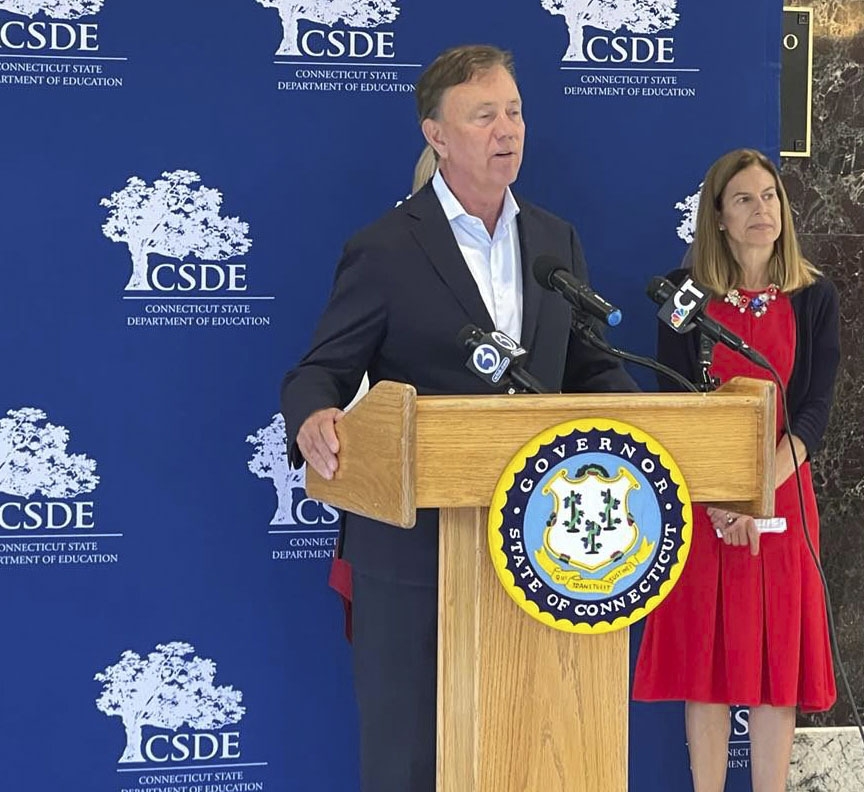
By Lance Reynolds Republican-American
HARTFORD — Teachers in Waterbury, Naugatuck, Winsted and Torrington are eligible to qualify for an interest rate subsidy to refinance existing private student loan debt through the state’s Alliance District Teacher Loan Subsidy Program, which rolled out Tuesday, July 12.
The program allows teachers in the four area districts, among Connecticut’s 36 lowest-performing districts that receive state funding as an Alliance District, to apply for a 3% interest-rate subsidy to help them through non-federal student loan debt.
Teachers can receive a maximum $25,000 refinance loan, with rates ranging from .75% to 2.49%, including the 3% subsidy, and terms of 5, 10 and 15 years, said Jeanette Weldon, executive director of Connecticut Higher Education Supplemental Loan Authority (CHESLA), which implemented the program with the state Department of Education.
During a July 12 news conference in Hartford, officials said the program will help recruit teachers to Alliance Districts, those struggling the most with teacher shortages, and diversify the state’s educator workforce.
“It will assist aspiring educators with loans to refinance at a lower rate if they seek employment in an Alliance District, while assisting those already employed to reduce their loan rates,” Education Commissioner Charlene Russell-Tucker said.
The loans will last for as long as teachers remain in an Alliance District and maintain a state educator certification.
The number of teachers who will receive a loan is limited to the $7 million in state funds being used for the program, Weldon said.
“We are starting with the Alliance Districts, and we will see how this works,” Weldon said as to if and when the program will expand to all of Connecticut’s 205 districts. “Future things may be under consideration, but it’s too early to say.”
About 497,700 student borrowers live in Connecticut, according to Education Data, a national research firm that collects data on student loans. The average student loan debt is $35,162, figures show.
Gov. Ned Lamont encouraged teachers to apply for the 3% interest-rate subsidy, which he said could equate to more than $100 per month in savings. The program stems from a bill Lamont signed into law last year.
CHESLA provided an example of a teacher who has $25,000 in private student loan debt and interest rate of 12% with a repayment term of 10 years. After refinancing into a 10-year Alliance District refinance loan at 2.25%, including the 3% subsidy, the teacher lowered monthly payments by $130, saving $15,000 over the loan’s life.
“Too many of our teachers graduate with a lot of debt,” Lamont said. “That debt is hanging over them and it discourages people from going into teaching. This is enormous.”













